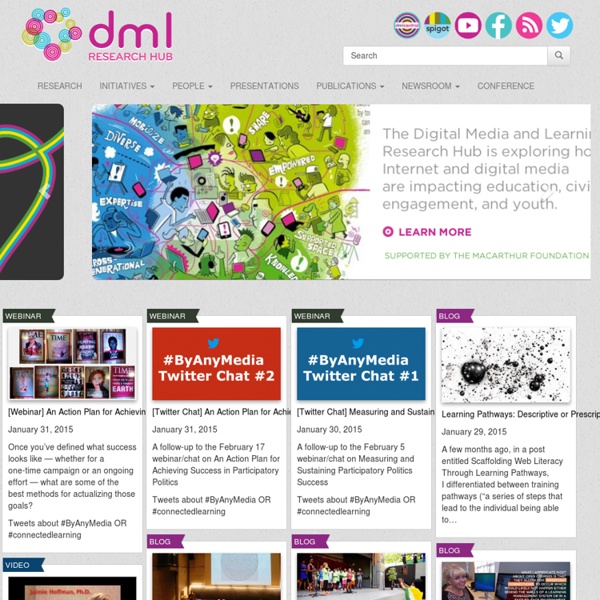



untitled untitled untitled The Shortness of Life: Seneca on Busyness and The Art of Living Wide Rather Than Living Long “How we spend our days,” Annie Dillard memorably wrote in her soul-stretching meditation on the life of presence, “is, of course, how we spend our lives.” And yet most of us spend our days in what Kierkegaard believed to be our greatest source of unhappiness — a refusal to recognize that “busy is a decision” and that presence is infinitely more rewarding than productivity. I frequently worry that being productive is the surest way to lull ourselves into a trance of passivity and busyness the greatest distraction from living, as we coast through our lives day after day, showing up for our obligations but being absent from our selves, mistaking the doing for the being. Despite a steadily swelling human life expectancy, these concerns seem more urgent than ever — and yet they are hardly unique to our age. Seneca writes: It is not that we have a short time to live, but that we waste a lot of it. To those who so squander their time, he offers an unambiguous admonition: Thanks, Liz
untitled Ecosystem Valuation - The Big Picture Why Estimate Ecosystem Values? Faced with tightening budgets and growing needs for environmental actions, government agencies must make difficult decisions about how to allocate public investments to protect and restore the natural environment. In making such decisions, environmental program managers may consider many objectives, including environmental quality, threats to ecosystem integrity, and effects on people’s quality of life. Agencies must justify their decisions, not only in terms of benefits to the natural environment, but also in terms of fiscal accountability and public support. For some decisions, such as those involving endangered species or serious public health or safety concerns, economic considerations will be secondary. Why are estimates of ecosystem benefits needed? To justify and decide how to allocate public spending on conservation, preservation, or restoration initiatives. Finding Appropriate and Practical Answers Overview of Ecosystem Valuation
untitled untitled 10,000 Hours with Reid Hoffman: What I Learned (Credit: Wired magazine. ) Time to read: 50 minutes We touched down in Las Vegas only three hours before, but we were already back in the plane and flying home to San Jose on a brisk winter day in December, 2012. Not having to go through security at an airport saves a lot of time. Other than the two pilots in the front, Reid and I were alone, debriefing what worked and what didn’t at the tech event where he had just spoken. The conversation then shifted, as it increasingly did those days, to a different line of inquiry: Did this trip to Vegas advance an important professional project? Every decision has tradeoffs: when you choose to do one thing it means you choose not do some other thing. Often, Reid wrestled with these tradeoffs. For some, savor is the easy answer to the task of planning a life. But what he really wants to do is save. Decision making becomes hard when you want to do both. That evening, as I sat across from him on the plane, he looked exhausted. The 40% question. 1. 2.
untitled Value Network untitled